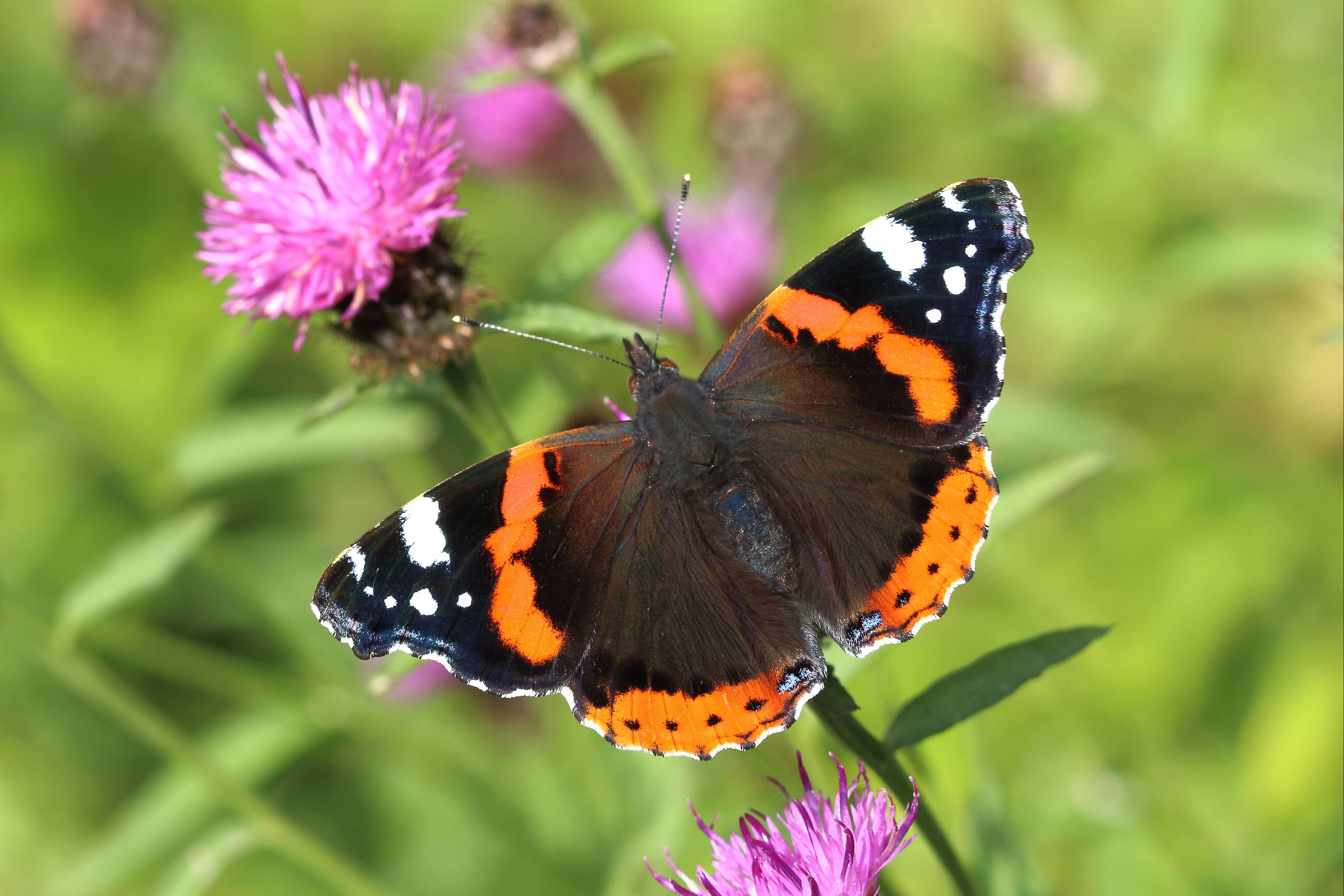Butterfly numbers increase this year but decrease long term, figures show
Habitat loss is understood to be the main reason for the declining abundance of the colourful insects.

Your support helps us to tell the story
From reproductive rights to climate change to Big Tech, The Independent is on the ground when the story is developing. Whether it's investigating the financials of Elon Musk's pro-Trump PAC or producing our latest documentary, 'The A Word', which shines a light on the American women fighting for reproductive rights, we know how important it is to parse out the facts from the messaging.
At such a critical moment in US history, we need reporters on the ground. Your donation allows us to keep sending journalists to speak to both sides of the story.
The Independent is trusted by Americans across the entire political spectrum. And unlike many other quality news outlets, we choose not to lock Americans out of our reporting and analysis with paywalls. We believe quality journalism should be available to everyone, paid for by those who can afford it.
Your support makes all the difference.It has been a bumper year for butterflies in 2023 with more counted than in the last four years, although figures show a significant decrease in the long term, according to conservationists.
Participants in the Big Butterfly Count recorded more than 1.5 million butterflies and day-flying moths between July 14 and August 6.
It is thought they benefited from the wetter weather, with 12 butterflies recorded on average per count, compared to nine in last year’s long periods of drought and heat.
The most-seen species – for the first time – was the red admiral with 248,077 recorded, as climate change means it is growing in prevalence in the UK.
Gatekeeper was next with 222,896 sightings – an increase of 12% on last year, but long-term figures show a decrease of 28% since 2010.
White butterflies came third and fourth, with large whites recorded 216,666 times and small whites seen 190,506 times – an increase of 11% and 15% on last year respectively.
Holly blue numbers also saw a 66% increase on 2022, with a long term trend showing an increase of 41%.
Dr Zoe Randle, senior surveys officer at Butterfly Conservation said: “The mixed weather this year has helped as there has been an abundance of green food plants available for caterpillars and plenty of nectar-rich flowers for adult butterflies.
“However, while the number of butterflies recorded this summer has been the highest since 2019, the longer-term trends show worrying declines for some of the UK’s most common butterfly species.”
Species that have declined since last year and over the long term include ringlet, common blue and speckled wood.
Green-veined white has seen the most severe drop in numbers since 2010 with a decrease of 61%, while there was little change on last year.
Dr Richard Fox, head of science at Butterfly Conservation, said: “One of the biggest threats butterflies in the UK face is habitat loss.
“While the weather certainly has an impact on numbers from year to year, butterflies, moths and many other species can generally cope with variable weather. What they can’t cope with is habitat destruction.
“Butterflies need a place to live. If they can feed, breed and shelter, they can thrive.
“By creating a wild space in your outdoor area you can help to reverse the massive losses of wildlife-friendly habitat and start to turn around the fortunes of our declining butterflies.”
A wild space can be created anywhere, the conservationists said. It could mean leaving a patch of long grass in the garden or planting a small selection of nectar-rich plants on a balcony.